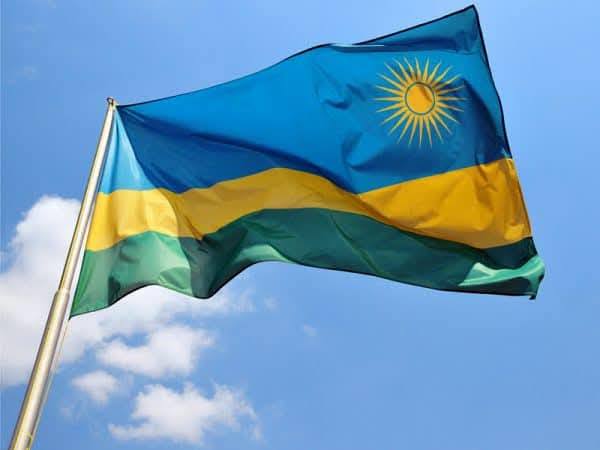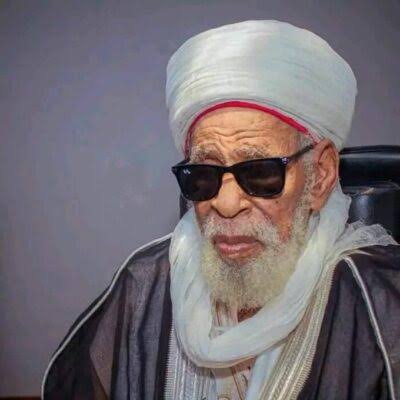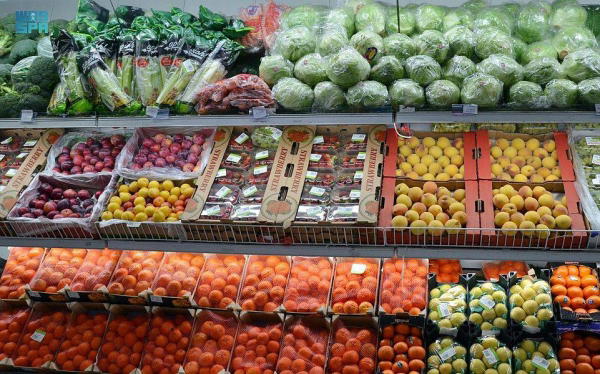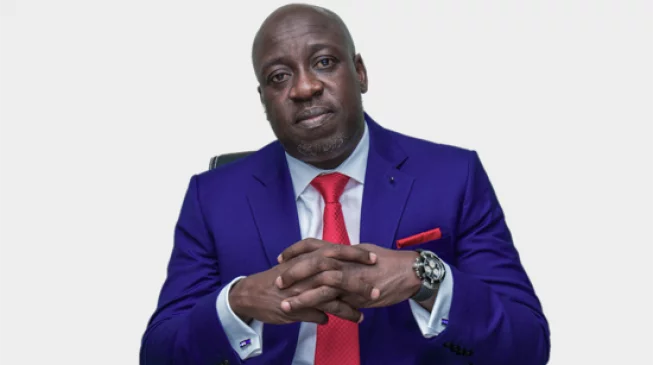In 1994, Rwanda was the world’s deadliest nation.

DISCOVERY:
In 1994, Rwanda was the world’s deadliest nation.
800,000 people killed in 100 days.
Then Paul Kagame took charge and
– Fired ministers for being 1 minute late.
– Jailed corrupt officials regardless of rank.
– Banned ethnic labels completely.
Today, Rwanda is the Singapore of Africa
Here’s how Paul did that: ![]()
To understand Rwanda’s transformation, we must first examine the roots of its ethnic tensions.
During the colonial period, Belgian administrators had institutionalized ethnic distinctions between Hutus and Tutsis.
They introduced identity cards and created a system that favored Tutsis in education and administration.
This reversed in the late colonial period, contributing to cycles of violence that culminated in the 1994 genocide.
After taking control of the country through the Rwandan Patriotic Front (RPF) in 1994, Paul Kagame implemented several key strategies that would reshape Rwanda’s trajectory:
1. National Unity and Reconciliation
Rather than pursuing widespread retribution, Kagame’s government established the National Unity and Reconciliation Commission (NURC) in 1999.
The commission’s approach combined traditional community courts (gacaca) to address genocide crimes with programs
promoting shared national identity over ethnic divisions.
The government officially eliminated ethnic classifications from identity documents and prohibited ethnic-based political parties.
2. Economic Modernization
Kagame implemented “Vision 2020,” an ambitious economic development plan focusing on transforming Rwanda into a knowledge-based, middle-income economy.
Key initiatives included:
– Investment in digital infrastructure, leading to 95% mobile phone penetration by 2020
– Implementation of business-friendly reforms, resulting in Rwanda rising to 38th place in the World Bank’s Ease of Doing Business rankings by 2020
– Focus on women’s economic empowerment, with Rwanda maintaining the world’s highest percentage of women in parliament (61.3% as of 2020)
The results have been remarkable: Rwanda’s GDP growth averaged 7.2% annually between 2000 and 2019, while poverty rates declined from 77% in 2001 to 55% in 2017.
3. Regional Stability and Security
Kagame’s government prioritized building a professional military force and establishing robust internal security mechanisms.
This has made Rwanda one of Africa’s safest countries, with one of the continent’s lowest crime rates.
Rwanda has also become a significant contributor to international peacekeeping missions, deploying troops to troubled regions across Africa and building diplomatic capital through its peacekeeping contributions.
Rwanda’s transformation offers important lessons about post-conflict reconstruction and economic development.
The country’s emphasis on clean government, technology adoption, and business-friendly policies has created a model that other developing nations study closely.
The country’s journey from the brink of genocide to becoming one of Africa’s most stable and rapidly growing economies represents a remarkable case study in national transformation.
Credit: Shawn Chauhan





























